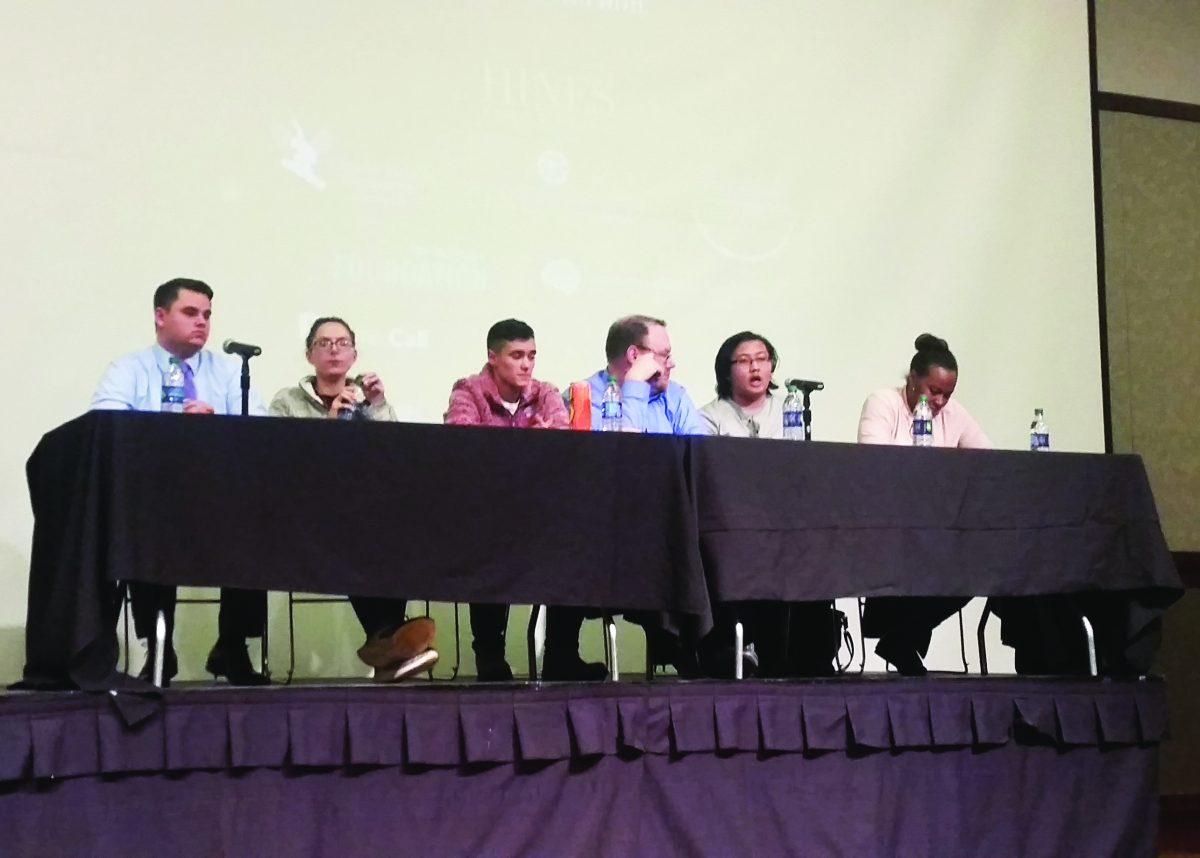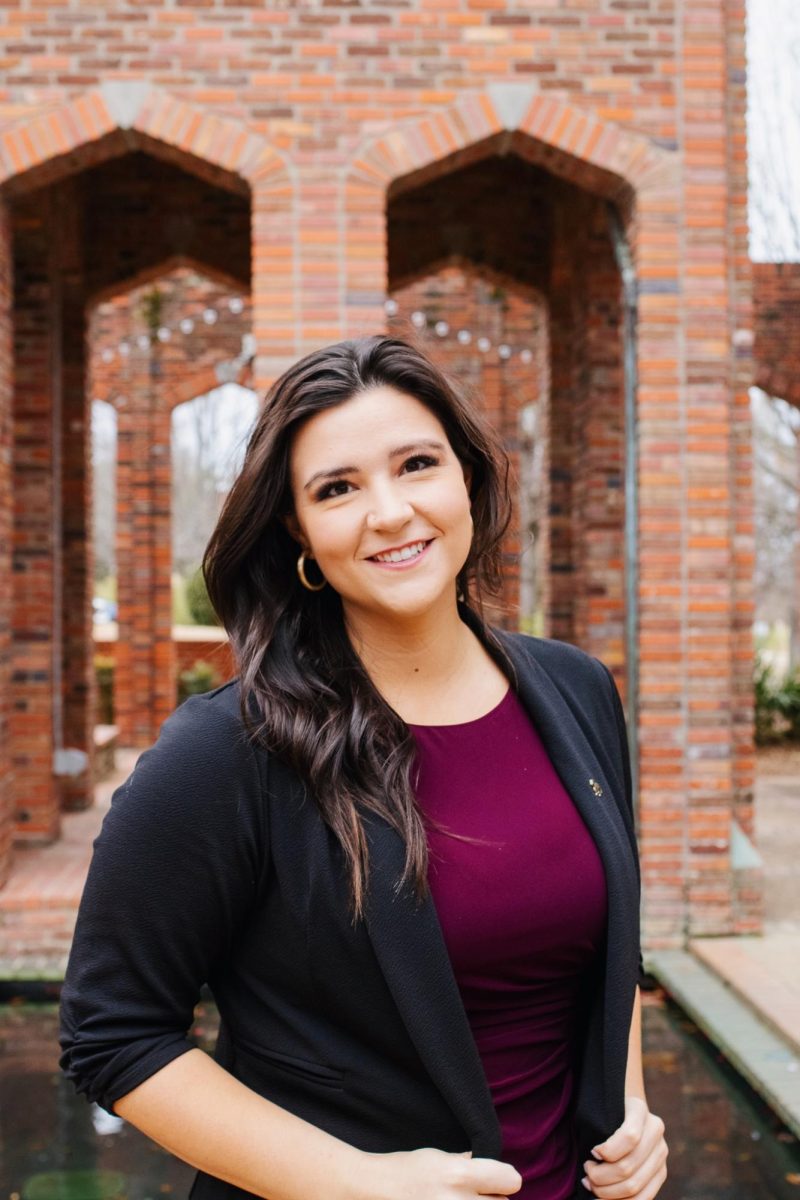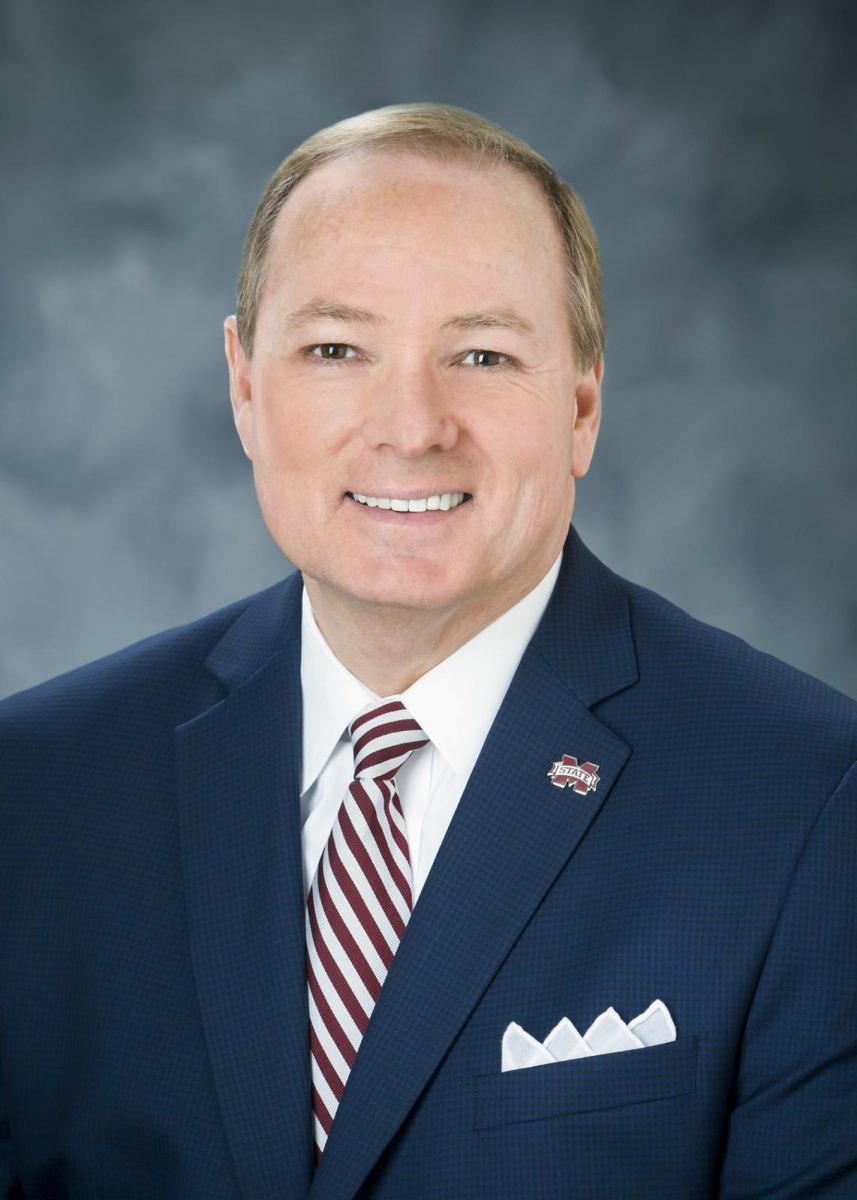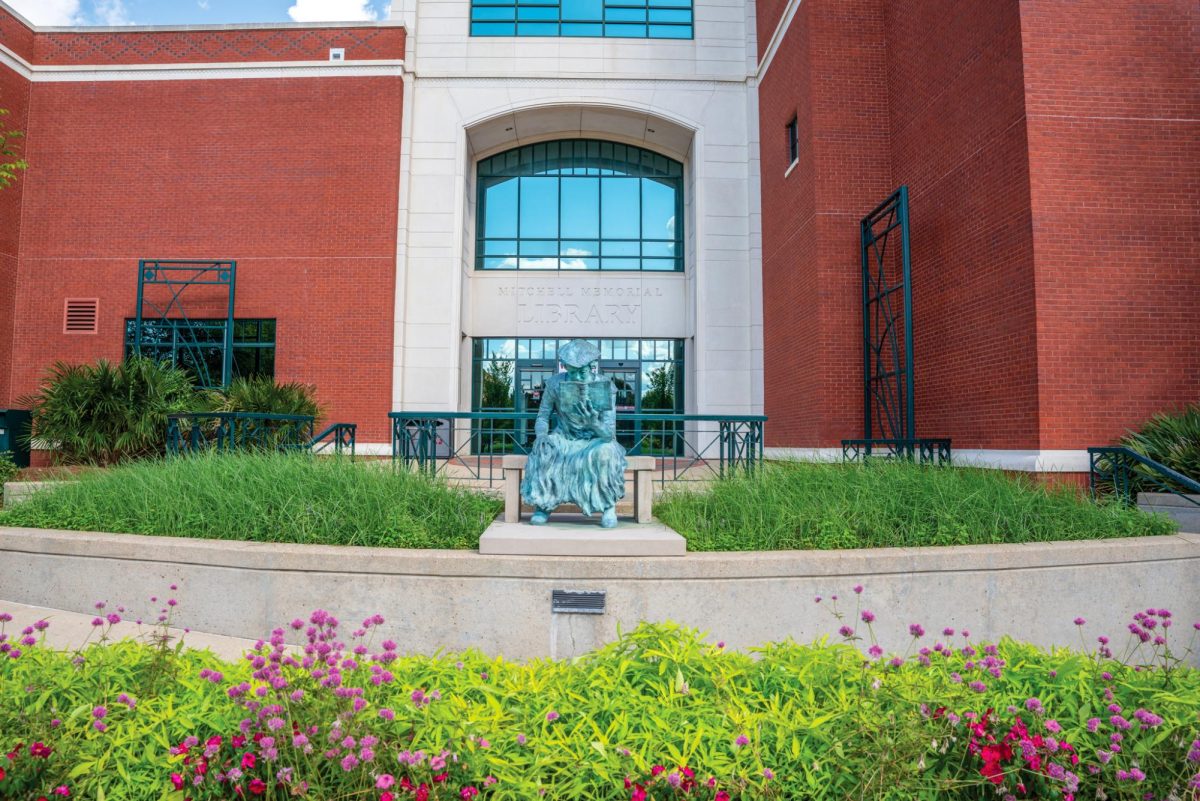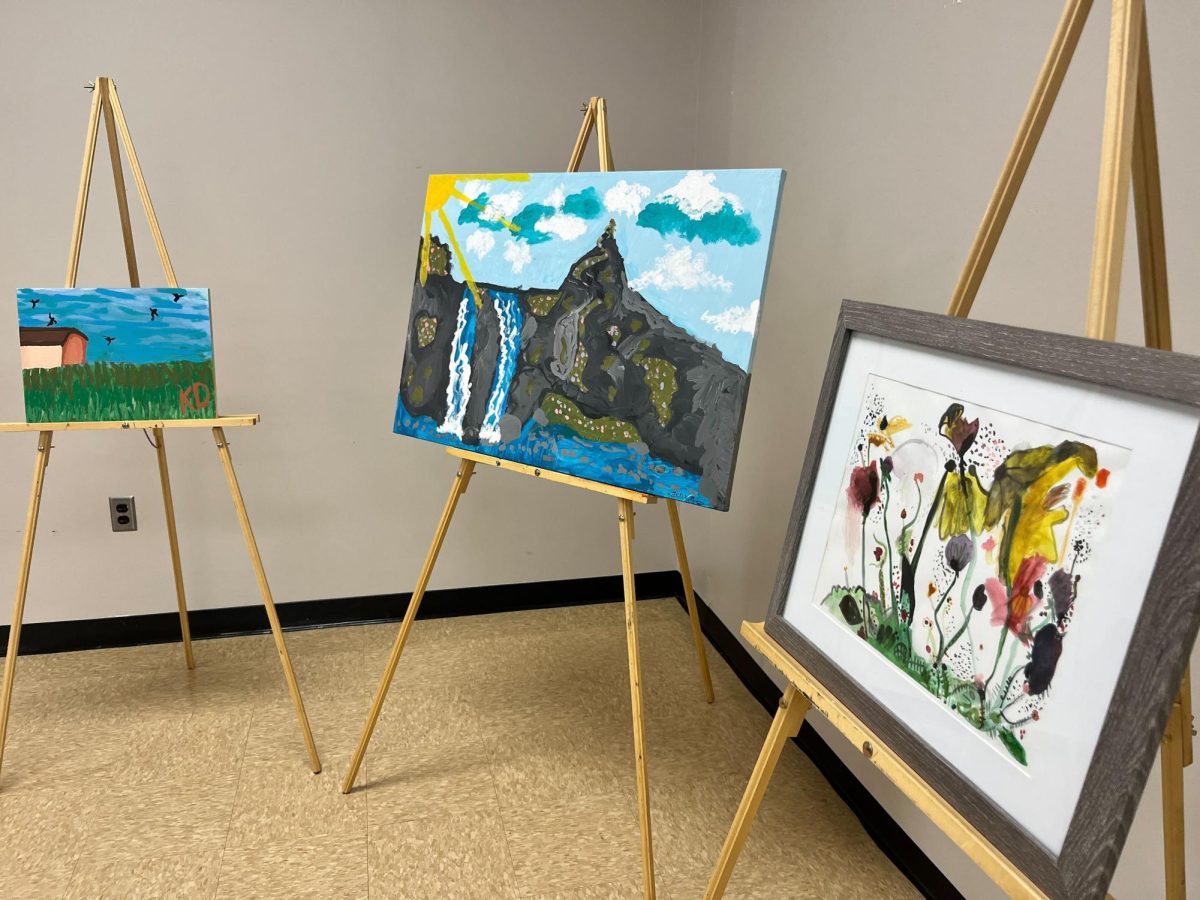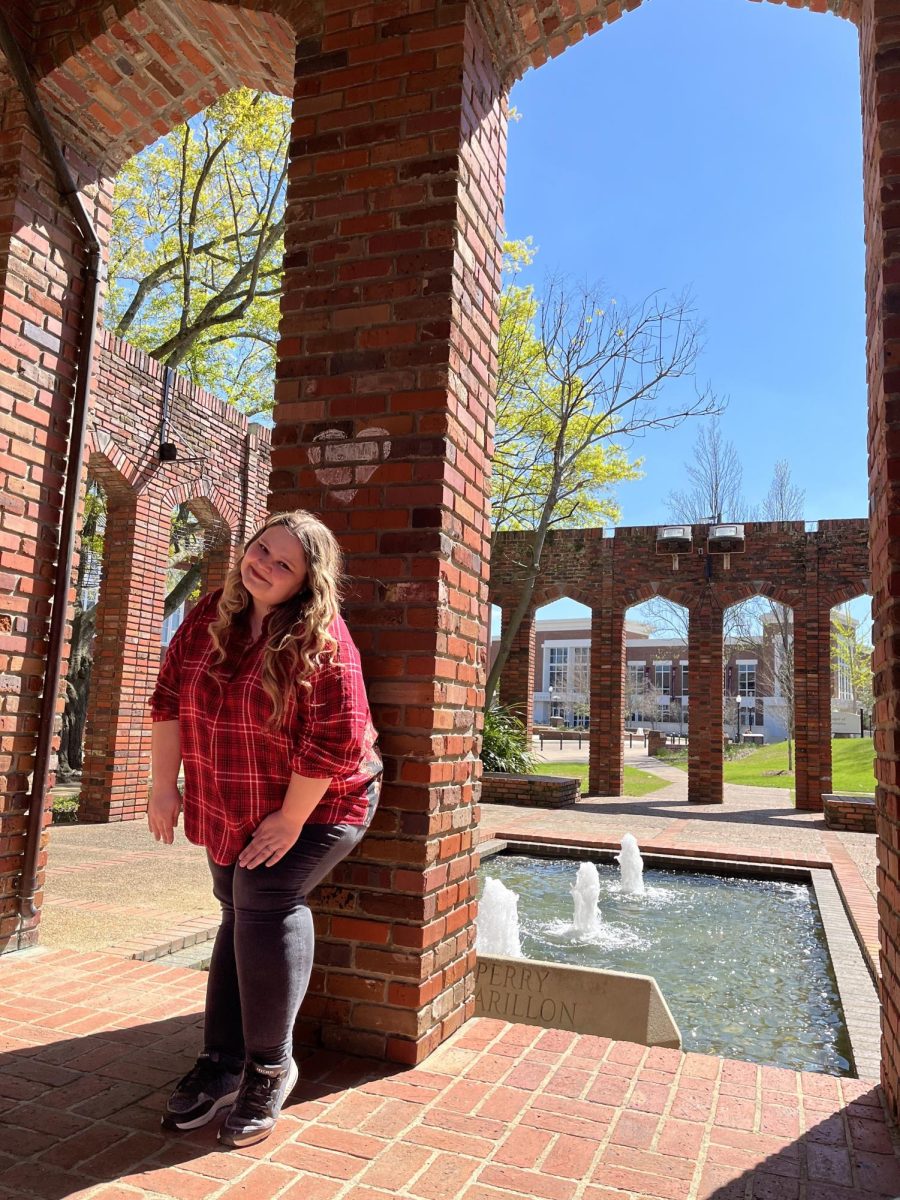As a mix of students and professors flooded into Colvard Student Union’s Foster Ballroom Tuesday night, the large space quickly filled to maximum capacity. Attendants, whether they were situated in seats or sitting attentively on the floor, were present to watch a documentary highlighting the impacts of suicide. After the film, audience members were also able to ask questions to a panel.
“Suicide: The Ripple Effect” accounts the story of Kevin Hines. The film opens with a scene of Hines riding a boat on a foggy day to the Golden Gate Bridge, where he jumped off in an attempt to kill himself when he was 19 years old. During this scene, Hines visits the spot where he hit the water, and he remembers his prayer to be alive.
“God, please save me. I don’t want to die. I made a mistake,” Hines recounted.
The documentary not only highlights Hines’ journey, but it also chronicles the ripple effect suicide has on victims’ loved ones. In the movie, Hines focuses on his support group and its influence on his healing. At a young age, Hines was diagnosed with bipolar disorder. Now, he travels the country to high schools and colleges to inspire and bring awareness to “brain pain,” or the feeling of heaviness one experiences when dealing with suicidal thoughts.
After the film, a panel of individuals who have experienced the impacts of suicide answered questions from attendants.
The first question, posited by philosophy and religion instructor William Kallfelz, prompted panelists to talk about a connection between violence and suicide. Kallfelz said he comes from a military family, of which his grandfather received a Purple Heart. However, Kallfelz said his grandfather’s psychological injuries were worse than his physical ones.
“On the one hand, we talk about suicide prevention for members of our armed forces; on the other hand, we teach them to go out and kill people,” said Kallfelz, whose military father died from suicide. “I want to know what your thoughts are about the effects of that in our culture that sends mixed messages, like the glorification of violence. I think violence is a mental illness.”
Michael Nadorff, a panelist and MSU psychology associate professor, confirmed the connection of violence and suicide, stating people become accustomed to pain over time.
“There’s certainly an association between violence and suicide, and the leading theory says the more we’re exposed to violence, the more we get habituated to pain,” Nadorff said. “That’s the barrier that keeps us from attempting suicide.”
Director of Counseling and Sports Psychology Angel Brutus agreed with Nadorff, and said when it comes to the nature of performance, whether in sports or the military, there can be a sense of invincibility and emotional ambivalence.
“Sometimes that invincibility can be a characteristic or a trait that can increase the likelihood of actually moving through the process of taking one’s own life,” Brutus said.
Another audience member asked the panel what helped them cope with suicide.
Student panelist Kris Hudson, whose mother died from suicide when he was 13, said he focuses on living the life she would have wanted.
“What really helped me get through it, and continues to help me get through it today, is doing the things that she would want me to do, but also living the life that she dreamed that I would have,” Hudson said. “She dreamed that I would go to college before she passed away, so I went to college to honor her memory and better my life.”
Hudson also spoke about how he found hope in this bleak situation. He said after his mother died during the month of August, Hudson had to face the holiday season.
“Right after that happened, I had to deal with the holidays. One way that I found to do that was, she loved Christmas lights. So, my family went out and bought 12,000 Christmas lights, and they let me decorate the house,” Hudson said while smiling at the memory. “I decorated the house, and it was so decorated… not only did I decorate the house, but I was also helping others learn to cope with suicide the way I was coping with it.”
Junior psychology major and panelist Hannah Dunlap said in order to find hope when she dealt with suicidal thoughts, she focused on a loved one.
“Find people who really love you,” she said. “For instance, the reason that I’m still alive today is because I had a two-year-old nephew. I could never imagine him growing up without me because I’m his only blood-related aunt. I found hope from the fact that I would get to see him grow up.”
Following the trend of hope, Brutus commented on how those who see life without hope can be at risk for suicide, and gave ways she tries to help.
“Hopelessness is one of the major risk indicators for the potential to actually attempt suicide,” Brutus said. “Anytime that there’s a sense of hopelessness that’s sitting in front of me, I make it very small. Chunk it into workable pieces because sometimes an individual can’t even see past two days from the day. Being able to have them in the loop with me, using this analogy of ‘be where your feet are,’ we kind of go through that process.”
Brutus said “brain pain” is a real feeling, and someone who experiences it may not resonate with a sense of the future.
“It’s like Michael Jackson’s video of ‘Billy Jean’ where he’s walking on the steps and it lights up one step at a time. That’s how you start to embrace this idea of, ‘OK, I can move past this particular moment,’” Brutus said.
Being with someone in the moment is the first step in working toward hopefulness, Brutus said.
At the end of the event, Hudson asked every attendee to close their eyes and participate in an example while he spoke.
“If one of your parents or loved ones have mentioned suicide, please stand,” Hudson said. “If you yourself have thought about committing suicide, please stand. If you want to make sure that none of your friends commit suicide, please stand.”
Hudson told everyone to open their eyes and look around. Not a person in the room was sitting.
“This tells you that nobody is alone,” Hudson told the audience. “You aren’t fighting this fight alone. There is somebody here for you that will sit here and talk to you… We are all here together. We are family at Mississippi State.”
Film screening and panel posit impacts of suicide, bring awareness to mental health issue
Katie Poe — The Reflector
Film screening and panel posit impacts of suicide, bring awareness to mental health issues


















































































